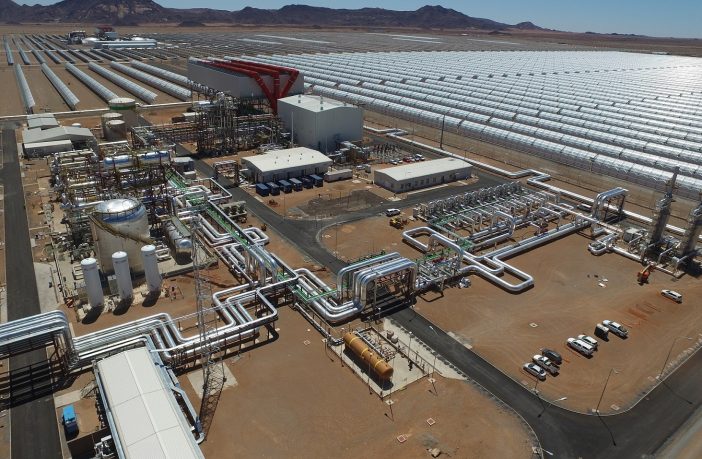- In 2022, the total system demand was similar to 2021, but still 5.2 TWh (2.2%) less than the pre-lockdown levels of 2019.
- Coal still dominates the South African energy mix, providing 80% of the total system load.
- The contribution of renewable energy technologies (wind, solar PV and CSP) increased in 2022 to a total of 6.2 GW installed capacity and provided 7.3% of the total energy mix.
- It was the first year that solar (PV and CSP) generation output decreased.
The Council for Scientific and Industrial Research (CSIR) has released its annual statistics on power generation in South Africa for 2022 (1 January 2022 to 31 December 2022), including loadshedding and energy availability factor (EAF) data.
Related news: The four types of concentrated solar power explained
The statistics include all utility-scale generation technologies. Technologies include coal, nuclear, hydro, solar photovoltaics (PV), onshore wind, concentrated solar power (CSP), pumped storage and diesel-fueled open cycle gas turbines.
The Eskom fleet EAF continued its declining trend in 2022, with an average EAF of 58.1%, compared to the EAF of 61.7% for 2021 and 65% for 2020. This is largely due to the increase of unplanned outages (detailed by the unplanned capacity loss factor) experienced by Eskom. The year 2022 overtook 2021 as the most intensive load shedding year yet, concentrated in the latter half of the year, which comprised over 80% of the annual total. December 2022, the highest loadshedding month ever, on its own was more loadshedding than in any previous year. This is the first year that the majority of load shedding has not been Stage 2, having been overtaken by Stage 4. Stage 6 load shedding has far surpassed that experienced in 2019, the only other year with Stage 6.
Link to the full report HERE
Author: Bryan Groenendaal















